Crafting Dairy, Chocolate, and Umami Without Farms
For centuries, fermentation has been food’s best party trick. Bread rising, beer bubbling, soy sauce deepening in umami glory—all thanks to microorganisms that know how to throw a molecular rave. But in recent years, the game has changed. Precision fermentation has entered the chat, and it’s not just here to make alternative proteins. It’s quietly reshaping the future of flavor itself.
This technology isn’t about leaving a vat of milk on the counter and hoping for the best. Precision fermentation harnesses engineered microbes—yeast, fungi, bacteria—to produce specific target molecules with laser accuracy. Think of it as programming a microbe to brew not beer, but vanilla flavor compounds, milk proteins, or even cocoa butter alternatives. For the flavor industry, this is less science fiction and more of a new ingredient supply chain opening up before our eyes.
Why Vanilla Is the Poster Child for Fermented Flavors
Let’s start with vanilla. Global demand is high, yet 80% of natural vanilla comes from a single country, where crops are vulnerable to storms, pests, and political instability. Prices swing wildly—sometimes over $500 per kilogram—and supply shortfalls leave formulators scrambling.

Enter precision fermentation. By giving microbes the genetic “recipe” for vanillin and related aromatic compounds, producers can create a steady, scalable supply without needing tropical orchids or unpredictable harvests. For developers, this means consistent flavor profiles, predictable costs, and the ability to explore minor vanilla notes that rarely make it out of the bean. Imagine being able to dial up woody, smoky, or creamy facets of vanilla the way you adjust a soundboard.
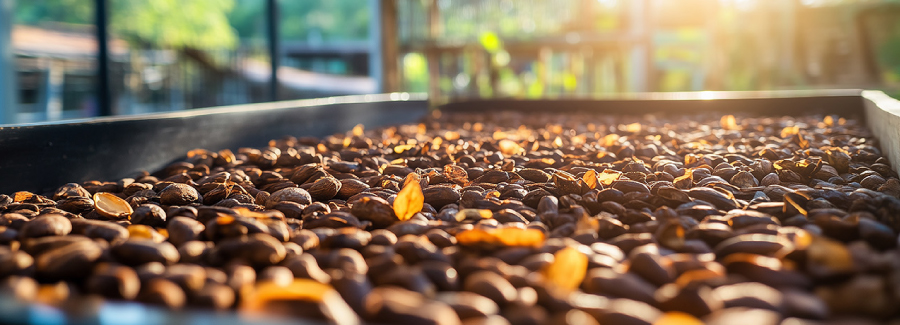
Chocolate: Consistency, Cocoa Butter, and the Quest for Stability
Chocolate lovers may not realize it, but fermentation already determines much of what we taste in a bar. Traditional cocoa bean fermentation is complex, variable, and notoriously difficult to standardize. Researchers are now experimenting with controlled microbial cocktails that can deliver a more consistent, desirable flavor profile.
Meanwhile, the cocoa fat crisis is real. Climate change, crop disease, and labor issues have created volatility in cocoa production, sending prices soaring to record levels. Precision fermentation offers a workaround: microbes that churn out fats nearly identical to cocoa butter, with the same melting properties and creamy mouthfeel. It’s a lifeline not only for confectioners but also for ice cream, baked goods, and cosmetics—all industries where cocoa butter is gold.
The implication? A chocolate bar in 2030 may taste every bit as indulgent as today’s—but its key fats and aroma molecules may have come from a fermentation tank, not a farm.
Dairy Without the Cow: Flavor and Functionality
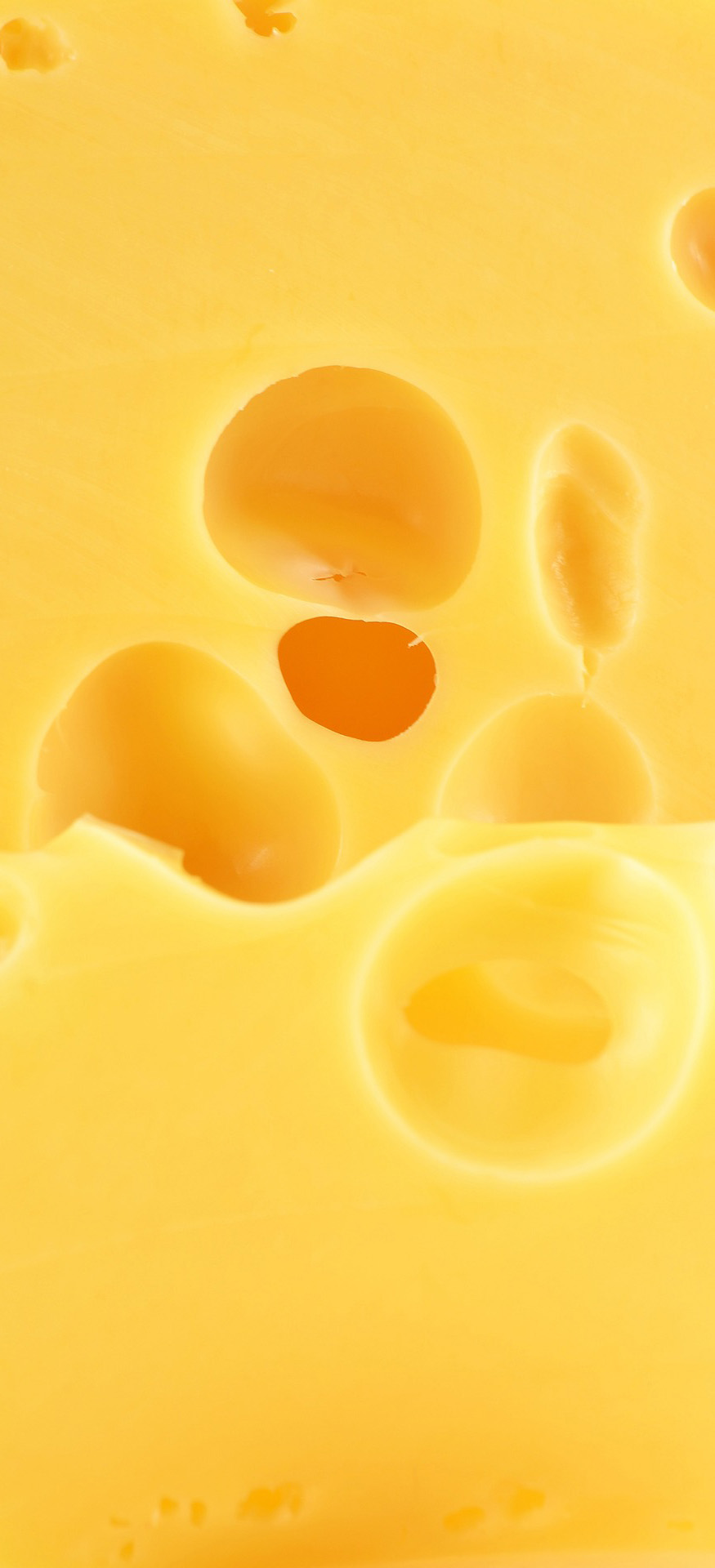
If chocolate is complicated, dairy is downright messy. Milk proteins like casein and whey carry the flavor and texture of cheese, yogurt, and ice cream, but they also account for dairy’s massive environmental footprint. Producing just one liter of milk can require over 600 liters of water.
Precision fermentation sidesteps the cow by teaching microbes to produce these proteins directly. Casein gives cheese its stretch and melt, while whey contributes to creaminess and body in beverages. When these molecules are brewed instead of milked, the sensory properties remain nearly identical. For flavorists, that means the familiar dairy base can be replicated—then tailored—without relying on fluctuating milk supplies.
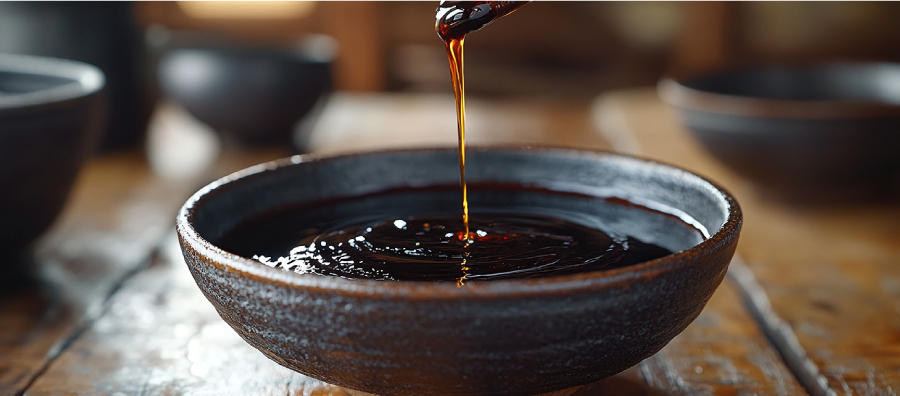
Umami: The Savory Superpower
Of course, no flavor revolution would be complete without umami—the taste that makes miso, soy sauce, and Parmesan irresistible. Microbes are now being engineered to produce savory precursors and flavor enhancers, from amino acids to nucleotides. Unlike traditional fermentation, which can take weeks and yield variable results, precision fermentation can generate clean, consistent umami building blocks in days.
For formulators, this is a chance to design layered savory bases without over-reliance on salt or MSG, while ensuring global stability of supply. Think ramen broth depth, but brewed with precision rather than guesswork.
Beyond the Flavor Molecule: Why This Matters
The promise of precision fermentation isn’t just about flavor chemistry—it’s about resilience. Global commodity markets for vanilla, cocoa, and dairy are famously volatile. Climate change, crop disease, and geopolitical tensions all contribute to supply disruptions. Precision fermentation reduces those risks by shifting production from farms to controlled facilities, where yield doesn’t depend on rainfall or pests.
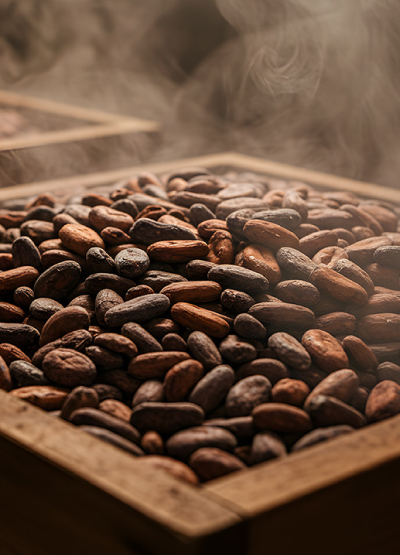
Environmentally, the stakes are just as high. Producing a kilogram of cocoa butter requires land-intensive crops in equatorial regions; precision fermentation can replicate that fat with significantly less water, land, and carbon. The same is true for dairy proteins and vanilla compounds. For an industry under pressure to meet sustainability goals, these aren’t just technical feats—they’re competitive advantages.
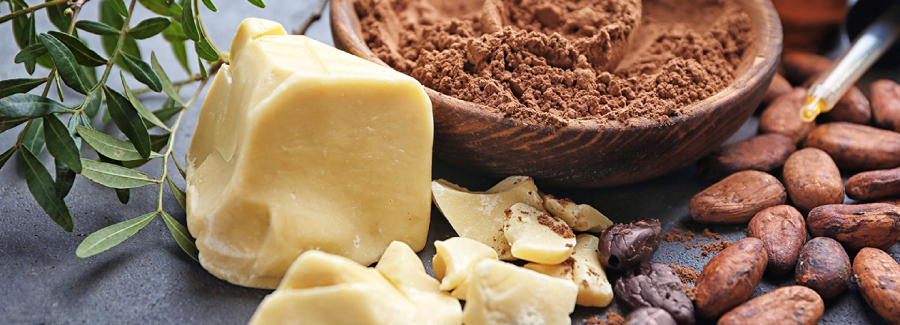
Challenges on the Road Ahead
Of course, it’s not all smooth fermenting. Scaling up precision fermentation is expensive, and regulatory frameworks lag behind the technology. Then there’s consumer perception: how “natural” is a flavor if it’s brewed in a tank instead of grown in a field? Early data suggests that acceptance may hinge on transparency and education. If consumers understand that a vanilla flavor is molecularly identical—and possibly more sustainable—they’re more likely to embrace it.
Intellectual property battles are also heating up. Patent filings around precision-fermented flavors have surged, signaling a gold rush in the making. Who owns the rights to a cocoa butter molecule if it was designed by a yeast? The courts may soon find out.
The Flavor Horizon
Looking ahead, precision fermentation is likely to move from niche to mainstream within the next five years. We’ll see it first in premium products, where sustainability claims and consistent quality justify the cost. As production scales, these ingredients will flow into everyday snacks, beverages, and condiments.
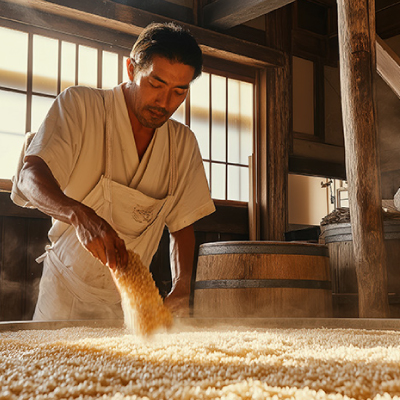
For flavor professionals, this is more than a curiosity—it’s a call to rethink how we source, design, and stabilize flavor systems. Precision fermentation isn’t replacing traditional ingredients overnight. But it is building a parallel supply chain that could prove essential to the industry’s survival in a world of volatile climate and volatile commodities.
In other words, the microbes are ready. The question is: are we?
Insights & Trends

From Snack to Savor

Precision Fermentation
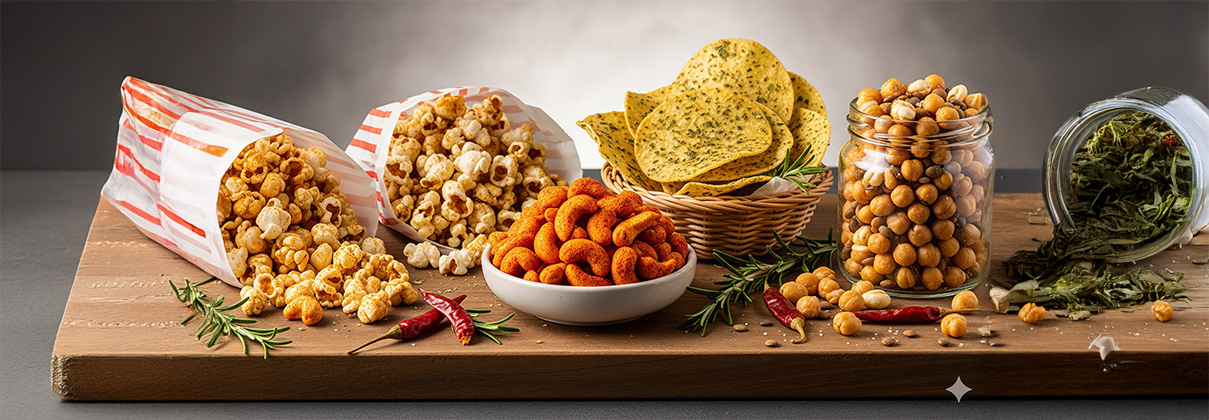
Snackification Nation
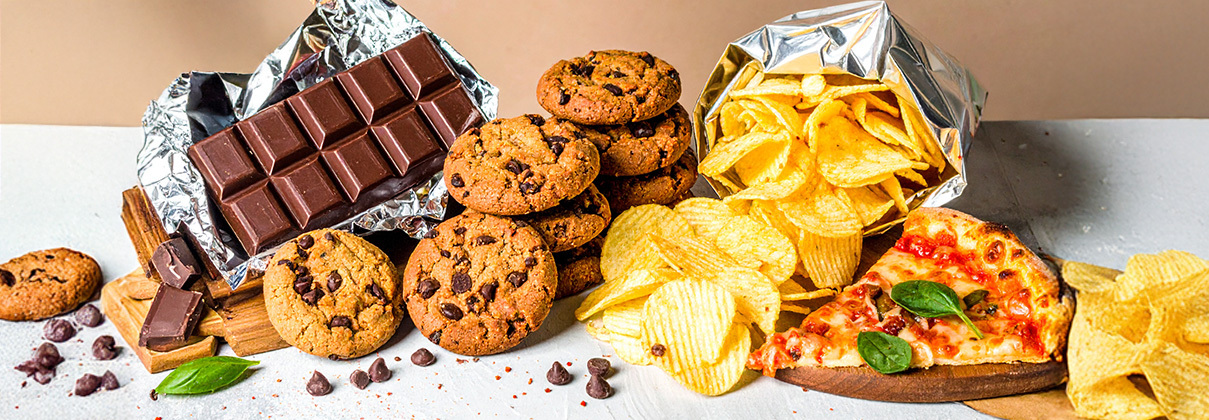
Snack to the Future

Fizz With Benefits

Satisfy in a Single Bite
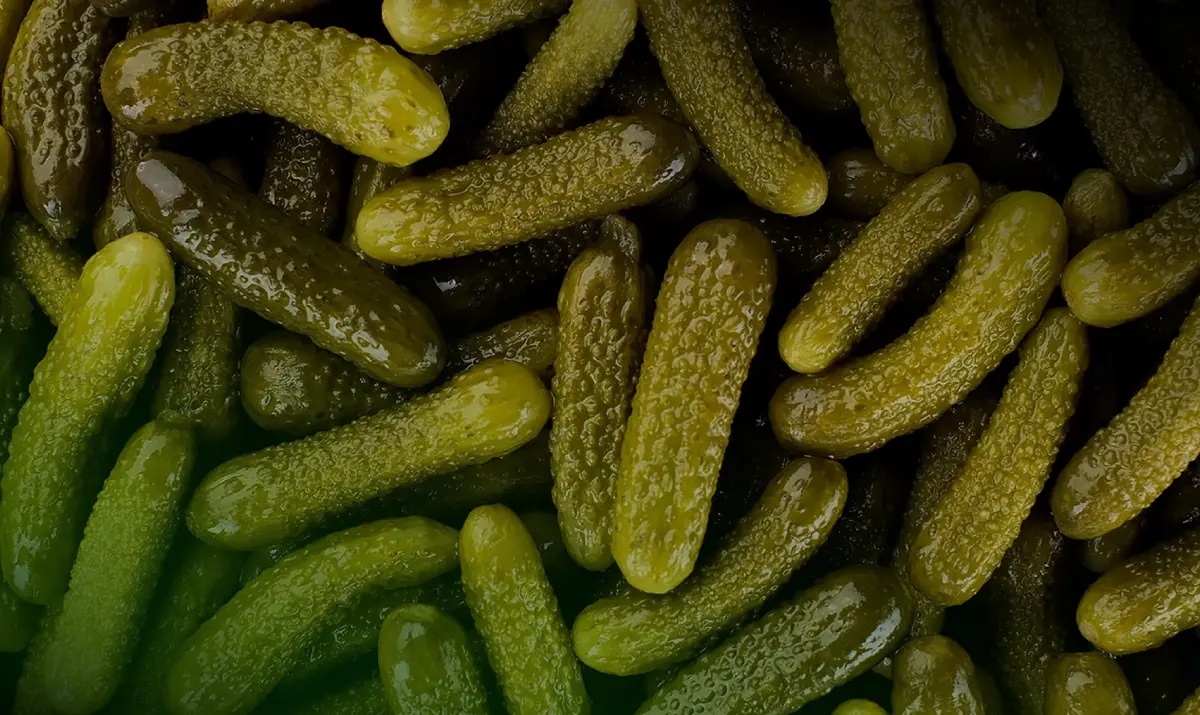
From Brine to Brain
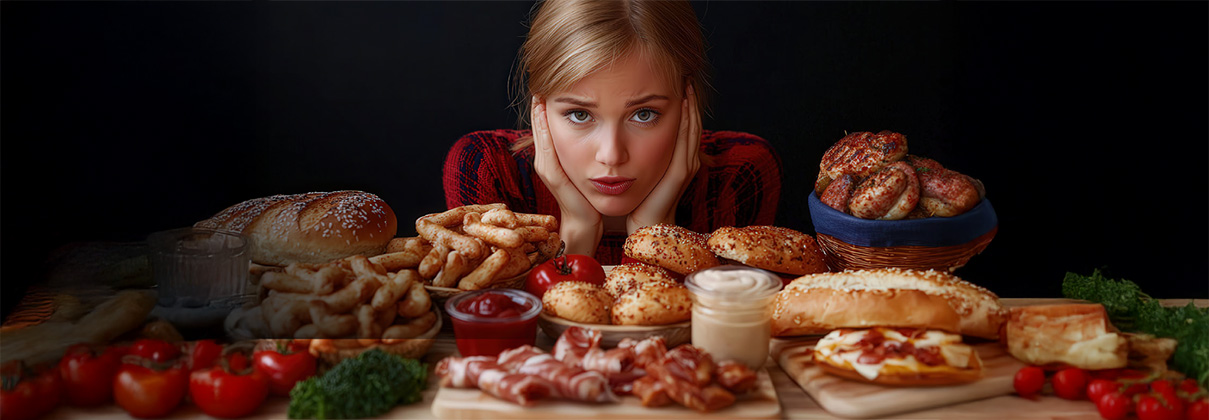
Taste Bud Turmoil

The Salty Snack Game Is Changing: What It Takes to Win with Today’s Consumers

